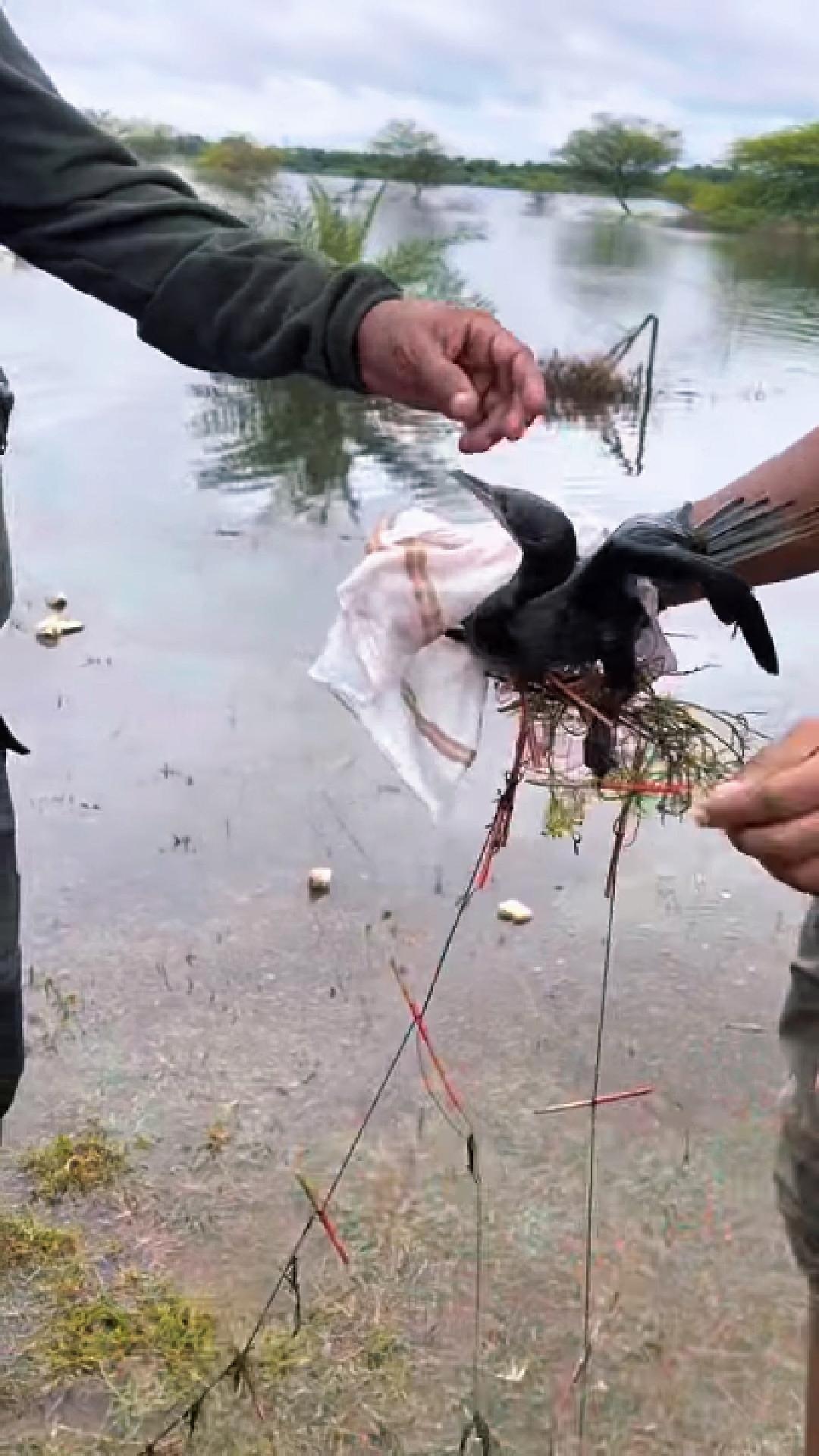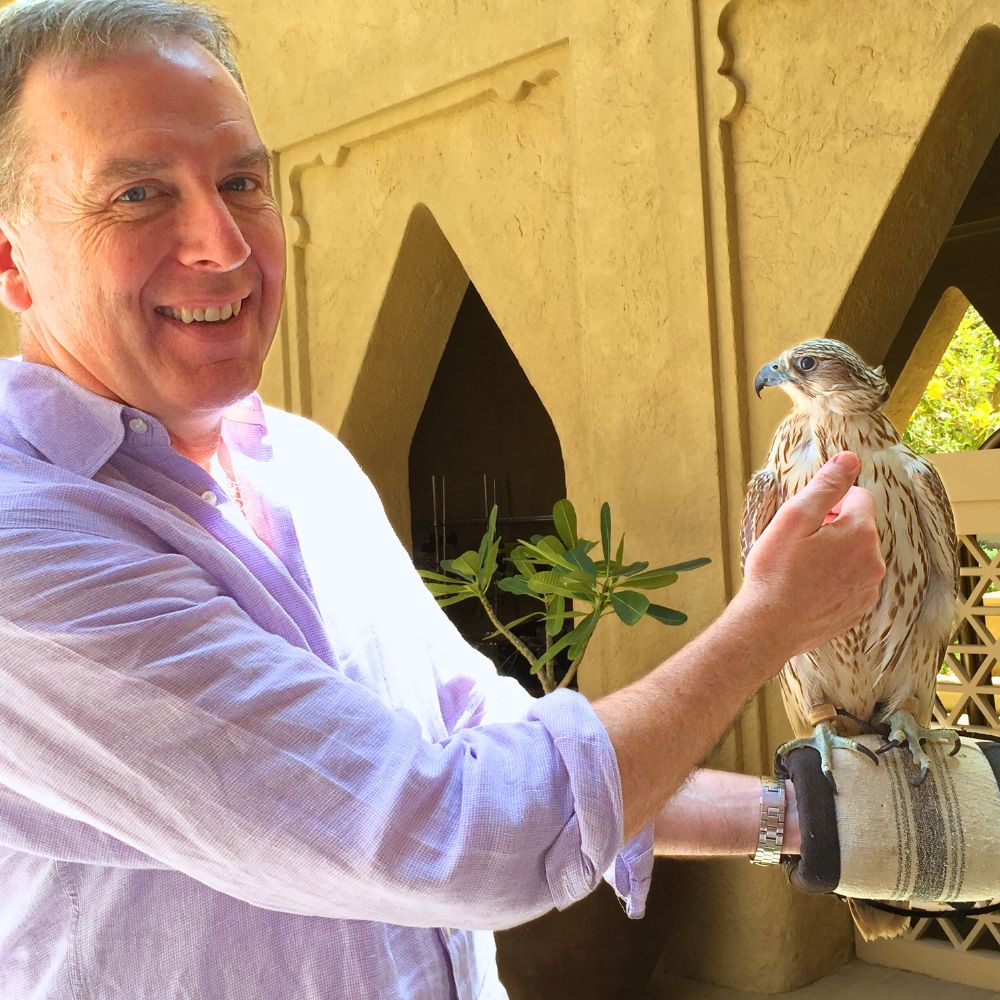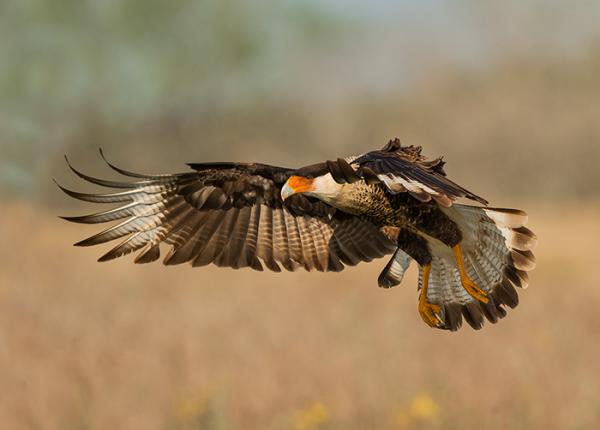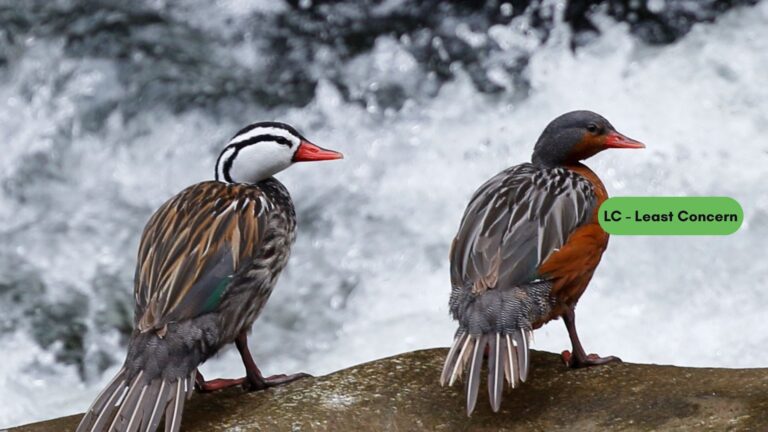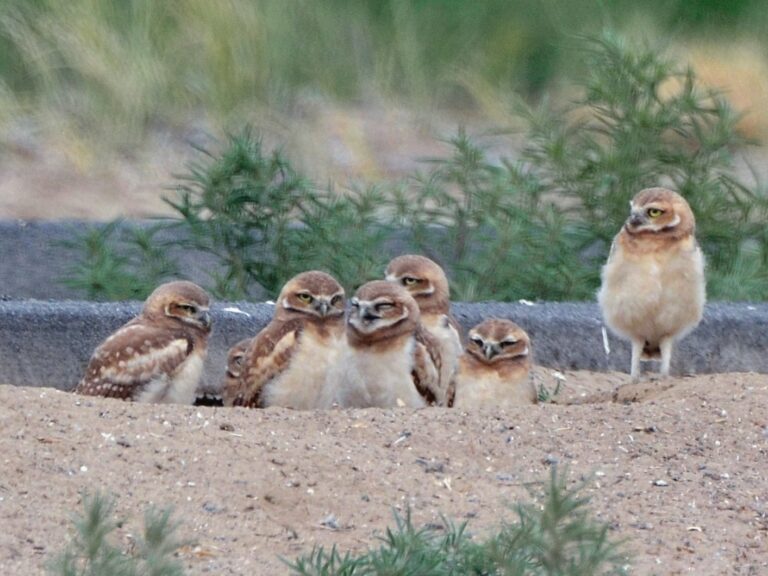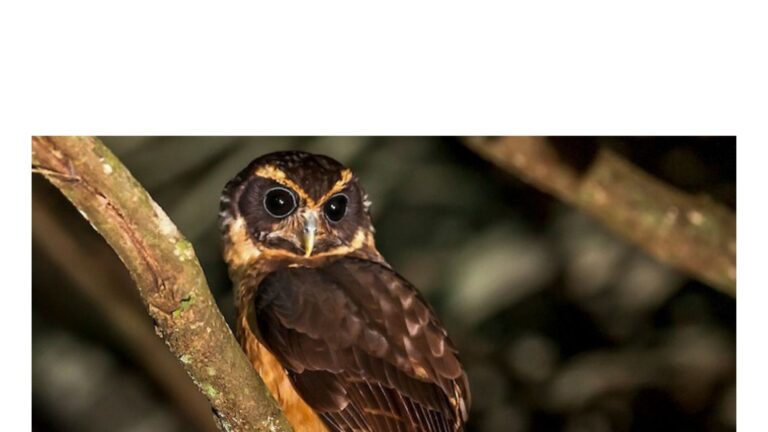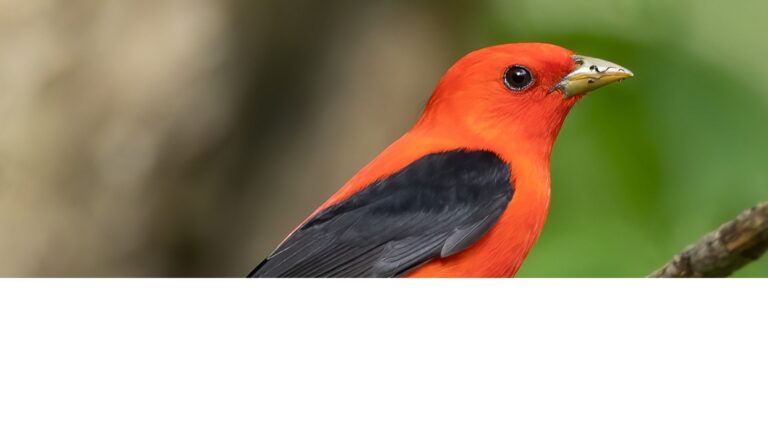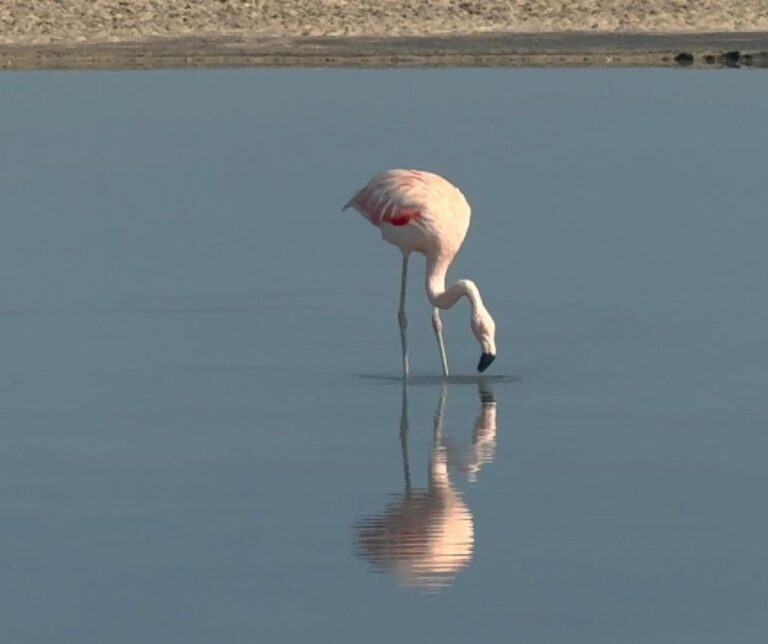Saving a cormorant that was tangled in fishing lines
The Importance of Protecting Cormorants
Lastly, consider the role of policy in wildlife protection. Advocating for stronger regulations regarding fishing practices and the management of natural resources can lead to significant improvements in the safety of wildlife. Supporting local and national initiatives aimed at preserving natural habitats and promoting sustainable practices is essential for the long-term health of species like the cormorant. Engaging with local representatives and voicing concerns can help shape policies that prioritize wildlife conservation.
It’s also important to explore ways individuals can contribute to wildlife conservation efforts. Simple actions, such as organizing community clean-up events to remove litter from local waterways, can significantly reduce the risk of wildlife entanglement. Moreover, educational programs that teach responsible fishing practices and promote the use of biodegradable fishing lines can further mitigate the threats faced by cormorants and other aquatic life. By taking a proactive stance in our communities, we can inspire others to join the cause and create a culture of conservation.
This is a really special video of some kind-hearted people saving a cormorant that got itself tangled up in fishing lines. Cormorants are remarkable birds known for their diving skills and ability to catch fish underwater. However, they can sometimes find themselves in precarious situations due to human activities, such as fishing. This video showcases the dedication and compassion of individuals who took the time to rescue this bird, highlighting the importance of wildlife conservation and the impact we can have on the lives of animals in distress. Cormorants, with their sleek bodies and unique hunting techniques, are not only a wonder to watch but also a vital part of our ecosystems. Their presence indicates a healthy aquatic environment, making their protection all the more crucial.
Fishing lines pose a significant threat to many bird species, including cormorants. When these birds become entangled, they may struggle to free themselves, leading to injury or even death. The rescuers in this video exemplify how awareness and action can make a difference. By sharing this story, we hope to inspire others to be vigilant and proactive in protecting wildlife. Remember, if you see an animal in trouble, it’s crucial to contact a local wildlife rescue service for guidance on how to assist safely.
As you watch the video, take a moment to appreciate the serene beauty of the cormorant as it glides through the water. These birds are not only magnificent to observe but also play a crucial role in maintaining the health of aquatic ecosystems. Their feeding habits help regulate fish populations, ensuring that no single species dominates the ecosystem. This balance is essential for the overall health of the water bodies they inhabit.
Additionally, cormorants are known for their distinct physical features, such as their long necks and webbed feet, which aid in their swimming and diving abilities. They can dive to significant depths, sometimes reaching up to 45 meters in search of fish. This remarkable adaptation allows them to compete effectively with other aquatic hunters. However, these same characteristics can also lead to challenges in the wild, especially when faced with human-made hazards. Understanding their biology and behavior can foster a deeper appreciation for these birds and the ecological roles they fulfill.
Moreover, the plight of the cormorant is part of a larger narrative concerning the health of our oceans and lakes. Overfishing, pollution, and habitat destruction are significant threats that not only impact cormorants but also a myriad of other wildlife. By observing and participating in conservation efforts, we can help ensure that these majestic birds continue to thrive. Each year, organizations dedicated to marine and wildlife conservation work tirelessly to rehabilitate injured animals, restore habitats, and educate the public on sustainable practices.
Many people are unaware of the challenges faced by wildlife due to human interference. By raising awareness about such incidents and sharing stories of rescue efforts, we can foster a greater understanding and appreciation for wildlife. This understanding can lead to increased advocacy for conservation efforts and policies aimed at protecting natural habitats. As a community, we can come together to support organizations focused on wildlife rescue and protection, making a tangible impact on the environment.
To further emphasize the importance of conservation, consider the impact of climate change on cormorant populations. As water temperatures rise, the distribution of fish species changes, impacting the feeding grounds of these birds. This shift not only affects their survival but also the entire ecosystem relying on the same fish species. Engaging in discussions about climate action and supporting policies aimed at protecting our environment can lead to substantial improvements in the health of our planet.
Join us in spreading the word about the importance of wildlife rescue and conservation. Share this video with friends and family, and encourage them to learn more about the cormorants and other species that share our planet. Every small action counts, and together we can contribute to a healthier environment for all living beings.
In addition to highlighting the rescue, it’s essential to discuss the broader implications of such incidents. The marine environment is fragile, and human activities often disrupt the delicate balance of ecosystems. This incident serves as a reminder of our responsibility to minimize our impact on nature. Simple actions, such as properly disposing of fishing lines and avoiding single-use plastics, can go a long way in preserving habitats and ensuring the safety of wildlife. We can collectively work towards a future where animals like cormorants thrive in their natural environments without the threat of entanglement.
